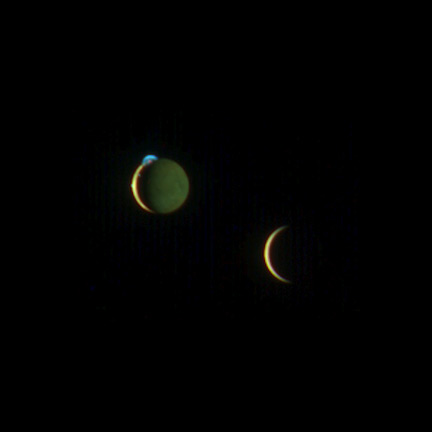
New Horizons has some sensitive vision for its investigation of the Pluto system. Because there is so little light at Pluto (comparitively), when looking back at Io and Europa it was able to capture this image with what looks like a considerable amount of “jupitershine” reflecting off of Io. Normally this kind of reflection is quite subtle. Furthermore, the reason Europa has no “jupitershine” is because it is closer to New Horizons on the dark side of Jupiter and Io is further away on the sunlit side of Jupiter… therefore capturing some light bouncing off the cloud tops.
Yes, the blue thing on Io is a volcano.
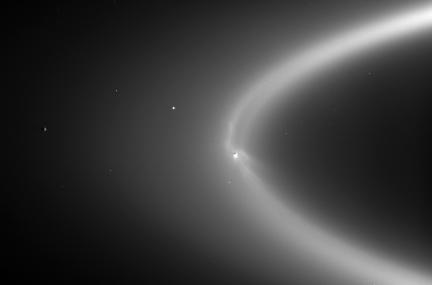
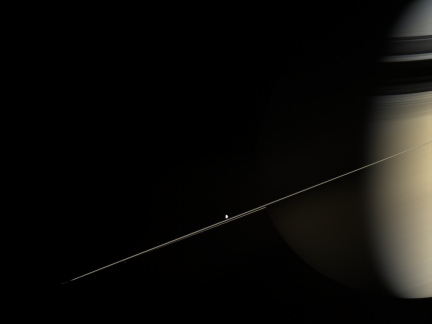
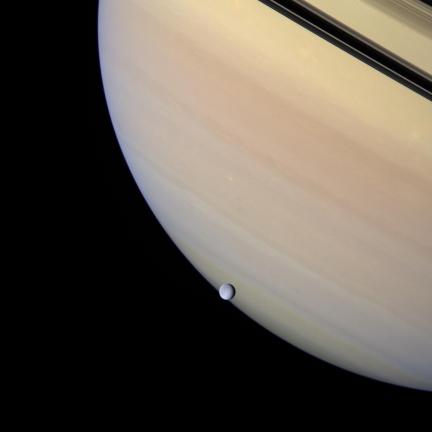



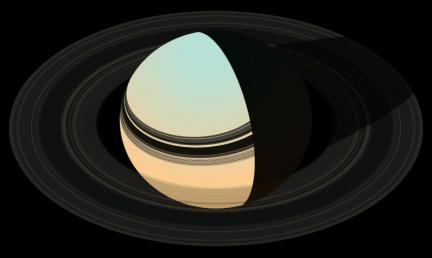
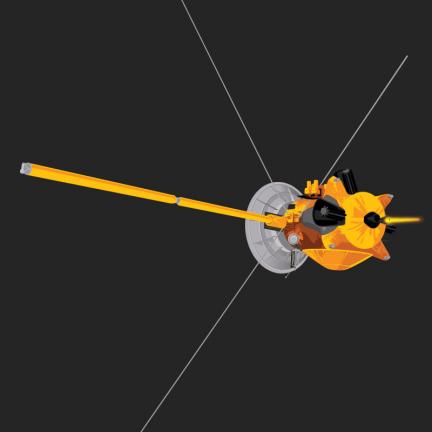

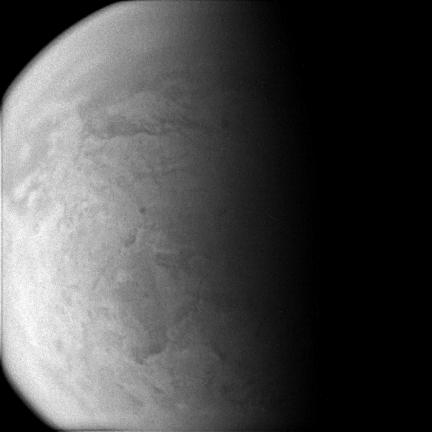

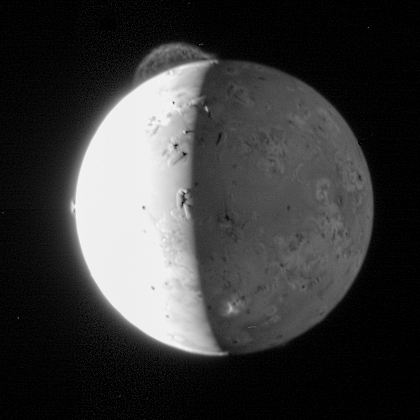
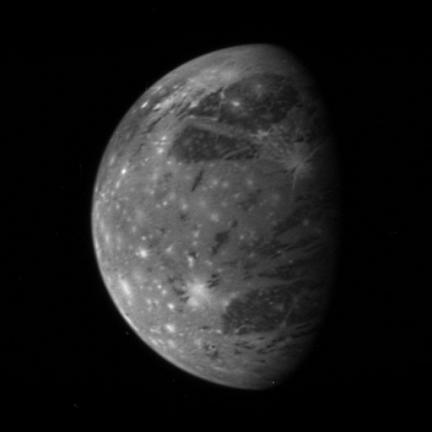
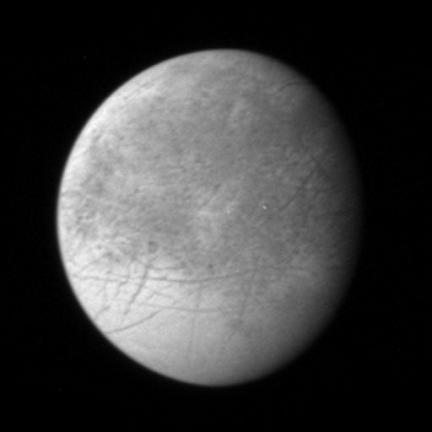
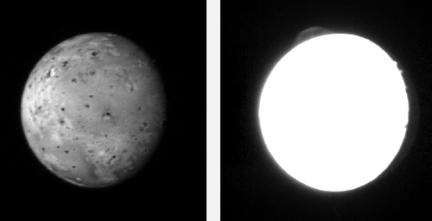 As New Horizons makes its closest approach to Jupiter, we are already seeing considerable activity from a volcano known as Tvashtar. This comes of no surprise as this was detected a few weeks back when scientists maintained observations of Io through the Hubble Space Telescope in preparation for this event. This is already the best image of an active volcano eruption on Io since the Voyager flybys in 1975 (revealed through over-exposure). Details here are somewhat greater than those taken by Galileo or Cassini and are expected to only get better before all the data is in.
As New Horizons makes its closest approach to Jupiter, we are already seeing considerable activity from a volcano known as Tvashtar. This comes of no surprise as this was detected a few weeks back when scientists maintained observations of Io through the Hubble Space Telescope in preparation for this event. This is already the best image of an active volcano eruption on Io since the Voyager flybys in 1975 (revealed through over-exposure). Details here are somewhat greater than those taken by Galileo or Cassini and are expected to only get better before all the data is in.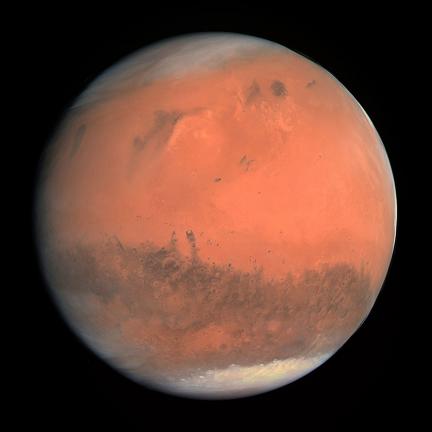
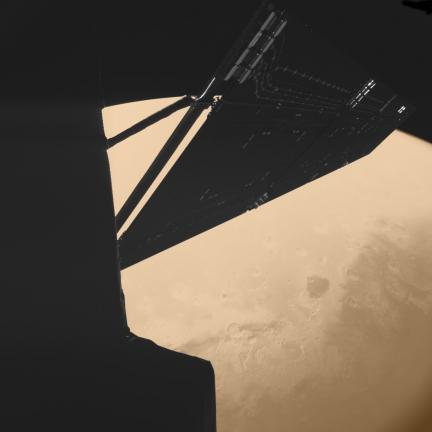
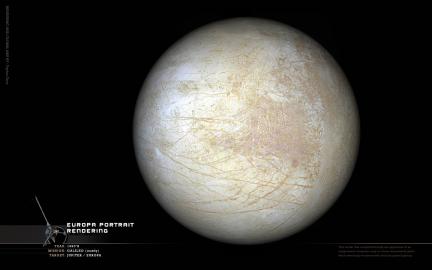
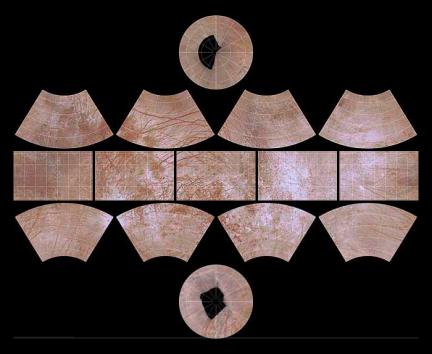 I usually prefer straight photography for the puposes of this site, but this is one of the most impressive renders I have ever seen of any body in the solar system. Seeing as how data sets for full global images of Europa are flawed at best… this render does the job most impressively. The full hi-res set of Europa maps by Tayfun can be found
I usually prefer straight photography for the puposes of this site, but this is one of the most impressive renders I have ever seen of any body in the solar system. Seeing as how data sets for full global images of Europa are flawed at best… this render does the job most impressively. The full hi-res set of Europa maps by Tayfun can be found 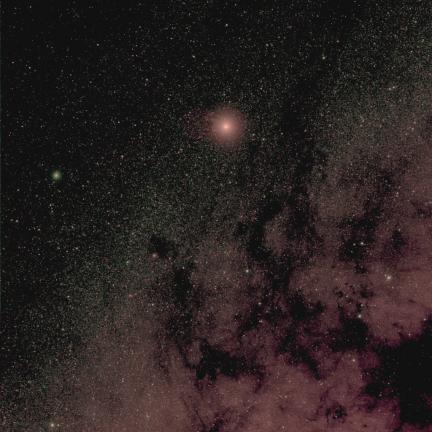
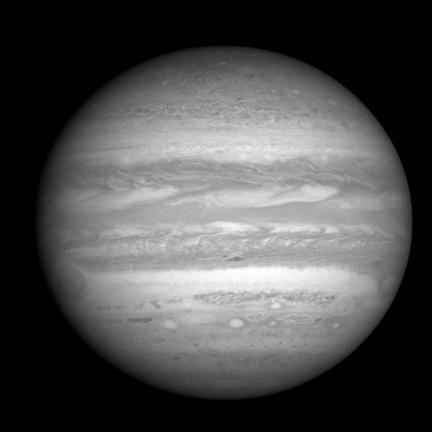


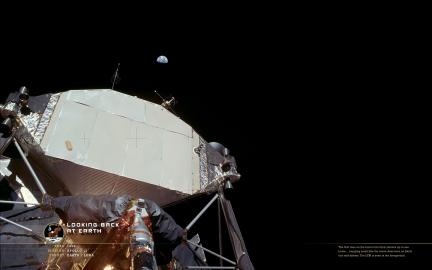
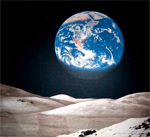 Seeing the size of Earth as it really appears from the surface of the moon reminds me of this wallpaper that I grew up with in my room as a child. I always assumed it was an actual image, but in reality the Earth appears about 1/20 the size and Earth would never phase in shadow from north to south under any circumstance! (I missed that obvious flaw as pointed out by Paul Neave). I beleive they still sell this wallpaper as I still see it around occasionally at stores and other public spaces (no pun). In addition to this image, you also see the Earth from moon shots taken while in- moon-orbit which also gives the Earth a far larger appearance… but I suspect that some good zoom lenses were likely utilized to get those looks as well.
Seeing the size of Earth as it really appears from the surface of the moon reminds me of this wallpaper that I grew up with in my room as a child. I always assumed it was an actual image, but in reality the Earth appears about 1/20 the size and Earth would never phase in shadow from north to south under any circumstance! (I missed that obvious flaw as pointed out by Paul Neave). I beleive they still sell this wallpaper as I still see it around occasionally at stores and other public spaces (no pun). In addition to this image, you also see the Earth from moon shots taken while in- moon-orbit which also gives the Earth a far larger appearance… but I suspect that some good zoom lenses were likely utilized to get those looks as well.